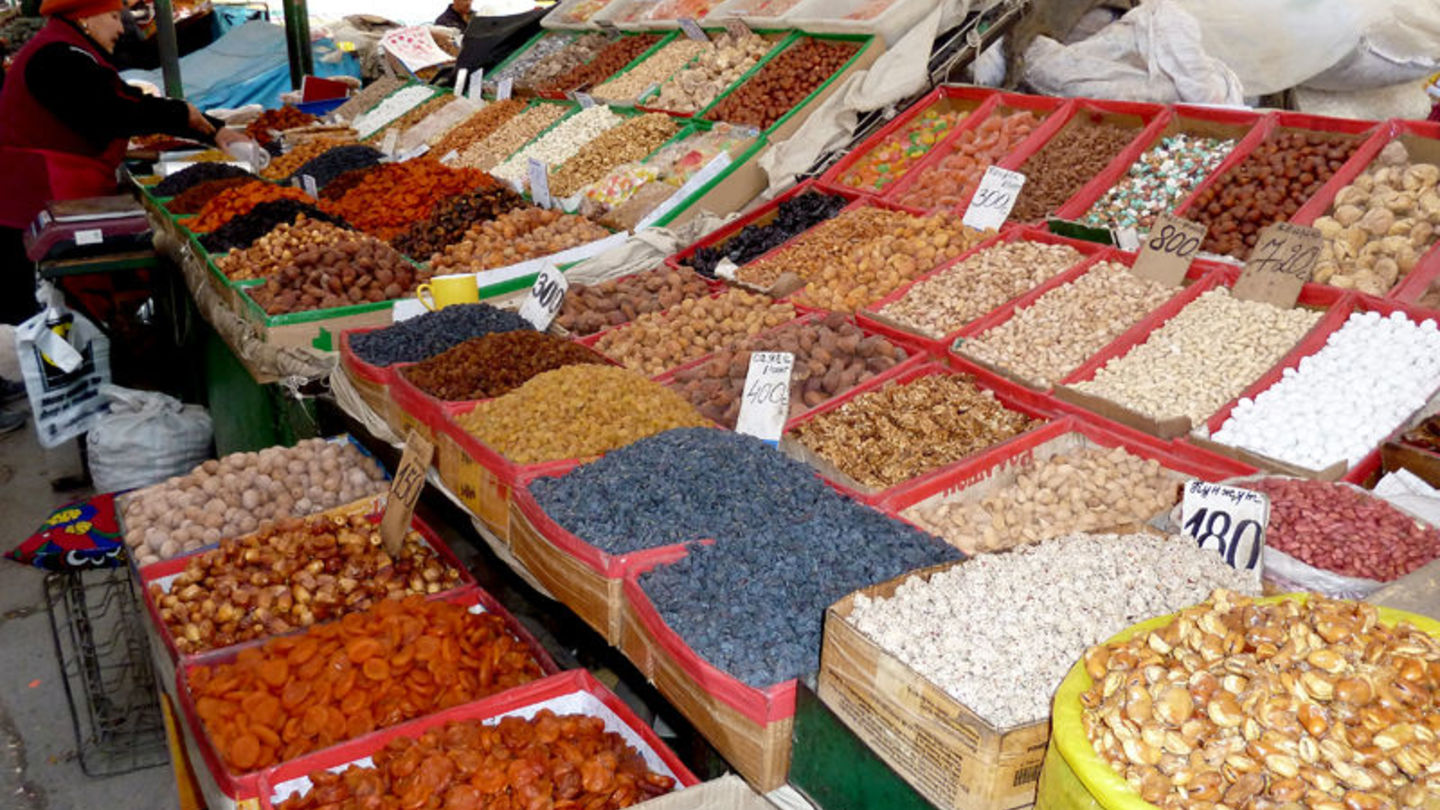
Central Asia is known as the crossroads of the world for good reason.
As the heart of the Silk Road, it was an integral part of a vast network of trade routes that allowed traders, merchants, monks and pilgrims to share their goods, their cultures and their knowledge for centuries.
Wrapped in the iron curtain of the Soviet Union for decades, however, Central Asia was virtually inaccessible to western scientists and researchers until recently. Home to thousands of plant species, the region is a treasure trove for horticulturists and has been a particular area of interest for Temple University Assistant Professor of Horticulture Dr. Sasha Eisenman.
"My interest began when I was still in graduate school. We were collaborating on a project exploring medicinal plants, fungi and bacteria in Central Asia. It is a fascinating region — it was the middle of everything in terms of civilization," said Eisenman, who traveled to Central Asia during his research. "The region is where many of the wild species that have become important crops around the world originated — apples, apricots, alfalfa, flax, garlic, almonds, pistachios, sesame, numerous types of beans. It is an extremely important place in terms of plant species diversity. Breeders still go there to find disease resistant, cold tolerant species."
 Eisenman's collaborative research resulted in the publication of his book Medicinal Plants of Central Asia: Uzbekistan and Kyrgyzstan, published in 2013. He returned to Kyrgyzstan, also known as the Kyrgyz Republic, in November this year for the release of the dual Kyrgyz/Russian language version of the book.
Eisenman's collaborative research resulted in the publication of his book Medicinal Plants of Central Asia: Uzbekistan and Kyrgyzstan, published in 2013. He returned to Kyrgyzstan, also known as the Kyrgyz Republic, in November this year for the release of the dual Kyrgyz/Russian language version of the book.
"The book release was part of the celebration for the 60th anniversary of the National Academy of Sciences of the Kyrgyz Republic, which I attended. A professor at the Academy helped with the translation to Kyrgyz; other authors from Kyrgyzstan also helped write original text," he said. "It is a long trip, but very worthwhile. The area is such a center of diversity for these different crops and medicinal plants; the marketplaces are incredible. In the summer, you could find more than 30 different types of melon alone."
Medicinal Plants of Central Asia: Uzbekistan and Kyrgyzstan was the first English-language book detailing the diversity of medicinal plants in this region. More than two hundred of the most important medicinal plants of Central Asia are listed, including many whose medicinal uses and activities were compiled for the first time.
"Central Asia is also among the most diverse area for many medicinally and chemically relevant groups of plants such as Allium, Artemisia, Astragalus, Ferula and Oxytropis," Eisenman said. "One thousand years ago, Central Asia was the hub for science and all scientific investigation. While the region changed hands numerous times — from Persia to Alexander the Great to the Islamic Caliphates and later Genghis Khan — an important tradition of documenting medicinal plant use dates back to antiquity."
In the 20th and 21st centuries, extensive research of the chemical and pharmacological properties of local medicinal plants has been conducted, Eisenman said. Due to the unique assemblage of endemic plant and animal species, combined with severe habitat destruction found in this region, the mountains of Central Asia have been designated "a major biodiversity hotspot by Conservation International," he said.
Until this book, there was no summary of the medicinal plant diversity in this region published in English. In some respects, however, Eisenman said he believes the Russian/Kyrgyz version of the book "is even more important."
"Much of the world uses medicinal plants for their medical needs. Just like the food crops, the marketplaces have huge sections of medicinal plants," he said. "These plants are now being studied and developed into standardized extracts."
Eisenman said plans are underway to further translate the book into Uzbeck. There have also been discussions of developing a second volume that would cover Kazakhstan and Tajikistan.
"I feel very fortunate to be able to collaborate and conduct research in this area of the world," he said. "Although people have lived in Central Asia from millennia, there is still much to explore in this region of the world."
